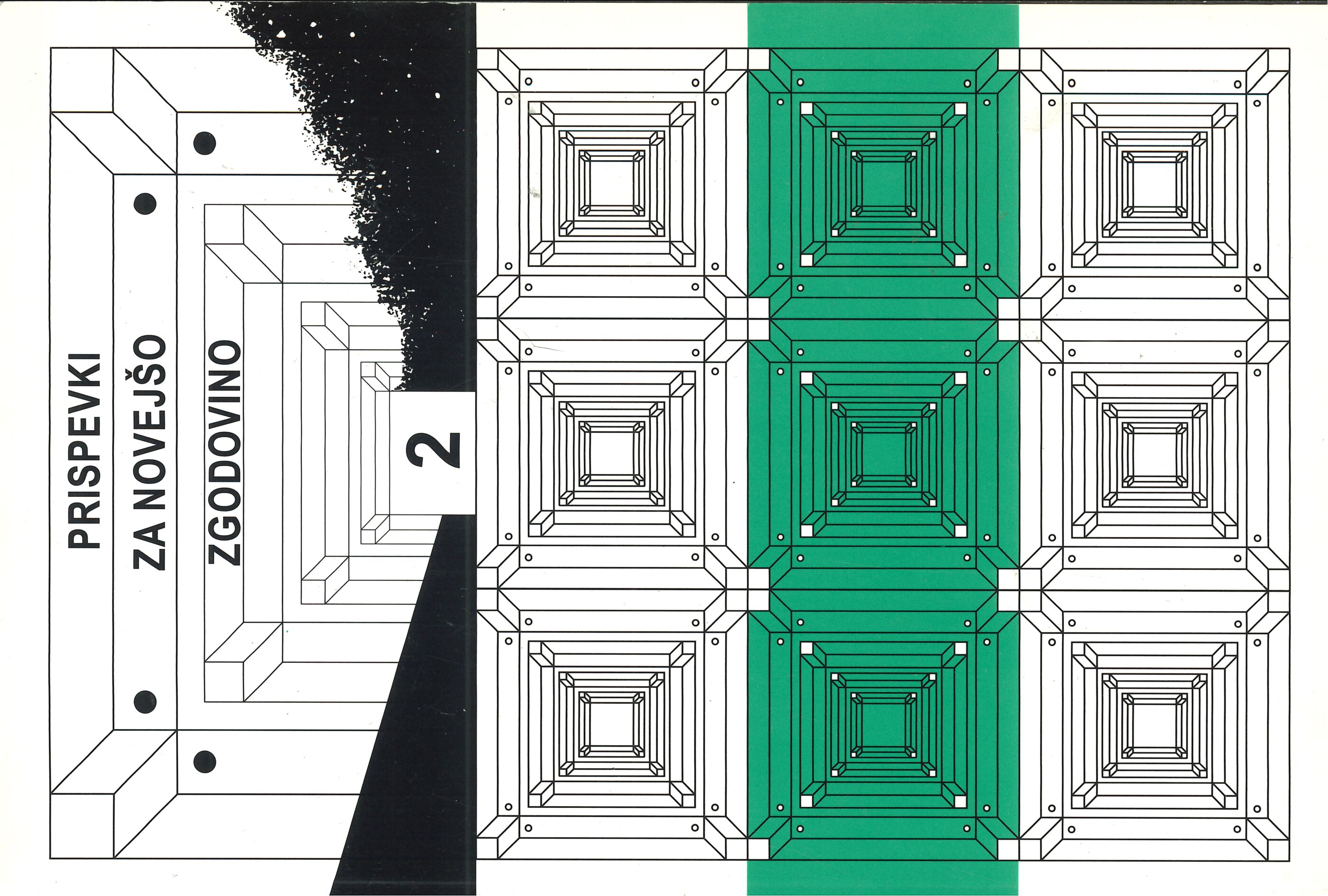The Strengthening Bond between the Slovenian People's Party and National Radical Party after the Fall of the Last Government of Nikola Pašić in 1926
Keywords:
Kingdom of Serbs, Croats and Slovenes, Slovenian People's Party, National Radical Party, Anton Korošec, Nikola PašićAbstract
Between both World Wars, the Slovenian People's Party retained its distinctive political position in the Yugoslav political reality, also (and especially) by establishing political links with the largest Serbian party – the National Radical Party. In the 1920s the peak of their political cooperation was reached with the signature of the Bled Agreement of 1927, which enabled Anton Korošec, the leader of the Slovenian People's Party, to take over the Ministry of the Interior and the post of the President of the Government in 1928. However, the relations between the National Radical Party and Slovenian People's Party acquired a new dynamics already after the descent from power and then death of the head of the radicals Nikola Pašić in 1926. In the following discussion the author will focus mostly on the latter period and on certain aspects of the complicated political relations between Nikola Pašić and Anton Korošec.
Downloads
Published
Issue
Section
License
Authors who publish with this journal agree to the following terms:
- Authors retain copyright and grant the journal right of first publication with the work simultaneously licensed under a Creative Commons Attribution License that allows others to share the work with an acknowledgement of the work's authorship and initial publication in this journal.
- Authors are able to enter into separate, additional contractual arrangements for the non-exclusive distribution of the journal's published version of the work (e.g., post it to an institutional repository or publish it in a book), with an acknowledgement of its initial publication in this journal.
- Authors are permitted and encouraged to post their work online (e.g., in institutional repositories or on their website) prior to and during the submission process, as it can lead to productive exchanges, as well as earlier and greater citation of published work (See The Effect of Open Access).


